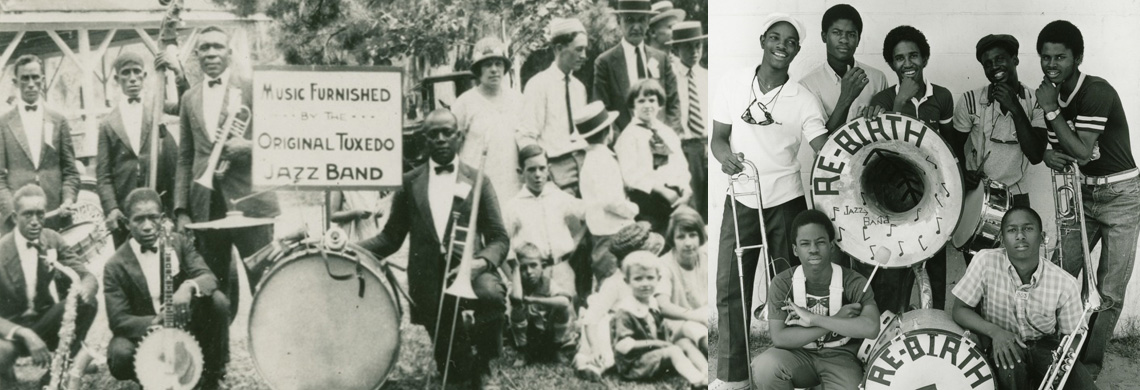To set the stage (as it were) for the August 24 #NolaMovieNight group screening of the 1951 film version of A Streetcar Named Desire, First Draft reached out to two Tennessee Williams Annual Review principals for insight into the publication and some thoughts on the film’s cultural impact.
When she died in June 2019 at age 96, Leah Chase was celebrated as a New Orleans legend, icon, and inspiration. During research for 2009’s animated The Princess and Frog, directors Ron Clements and John Musker called on Chase’s life story and culinary renown—a journey from French Quarter waitress to James Beard Foundation Lifetime Achievement Award recipient—as inspiration for the character of Tiana, Disney’s first African American princess.
Casino Royale became Stormy’s Casino Royale in 1948, named for (but not owned by) its star act, Stacy “Stormy” Lawrence. The club became known for featuring some of the most outlandish acts on Bourbon Street.
Curator/Historian Eric Seiferth takes us through the music scene on Bourbon Street in the 1950s.
Terrance Simien recalls the production of The Big Easy and the Louisiana cultural scene of the 1980s.
We talked to a locally based dialect coach about those infamous accents in The Big Easy. She gave us insight into Hollywood's portrayal of Louisiana.
Reliving the sights, sounds—and even smells—of the Fairgrounds through images of Jazz Fests past.
Mardi Gras as we know it began in New Orleans in the second half of the 19th century, and the mythology that krewes chose for their parade themes reflects larger stylistic and sociopolitical currents of the time.
Brass bands sprang up in the mid 19th century by playing the popular music of the day. Since then, local bands have incorporated jazz, funk, bebop, and hip hop into their repertoires.
THNOC staff members discuss four recent additions to the museum's holdings, each touching on arts and artists in New Orleans.





















